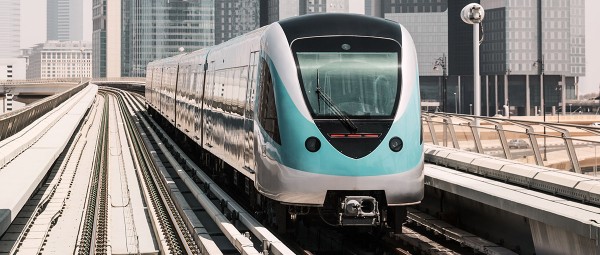Applications
Passenger Cars and Freight Cars
Passenger cars
Passenger cars can be divided into those that actually carry passengers and those used for other purposes. While passenger-carrying cars are used for transporting passengers in the conventional sense (e.g. compartment cars, sleeper cars, and dining cars), other types of passenger car are used not for general passenger transportation but for purposes relating to the operation of the railway and can be run as part of passenger trains (e.g. as baggage cars or for transporting automobiles).
Products:
Axlebox bearings for passenger rail cars and locomotives
Mechatronics
Freight cars
The International Union of Railways differentiates between different freight car types based on their main design features: Open freight cars without a roof, covered freight cars with a fixed roof, refrigerated cars, flatbed cars, movable-roof cars, tank cars, and special cars.
Products:
Axlebox bearings for freight cars
Mechatronics
Other bearing arrangements
High-speed transportation, Locomotives & Streetcars
Multiple units
A multiple unit is made up of multiple vehicles that are generally not separable during regular operation, and is equipped with its own drive. Both electric and diesel-powered motor cars are used, and the first hybrid drives are also currently being developed.
High-speed transportation
In high-speed rolling stock, all components of the railway system must be adapted to suit the higher requirements. In addition to the high-speed train itself, a special high-speed rail link and a correspondingly high-performance railway guidance and safety system are also required. The majority of vehicles for high-speed transportation are electrically driven.
Locomotives
The initial differentiation is made according to the drive type, i.e. between diesel, electric, and steam locomotives. Increasing numbers of universal locomotives, which can pull both passenger and freight trains, are now coming into use. This means that the differentiation between high-speed train, passenger train, freight train, shunting, and small-power locomotives is becoming less and less frequent.
Subways / commuter railways / streetcars
These rail vehicles are largely electrically driven and are used in urban and interurban transport applications. Unlike subways, commuter railway lines usually include a large number of intersections and, with a larger network, cover a wider area that can extend far into the suburbs; these trains therefore also achieve higher final speeds. The boundaries between these different types are indistinct and depend on the geographical conditions that exist where they are used.


